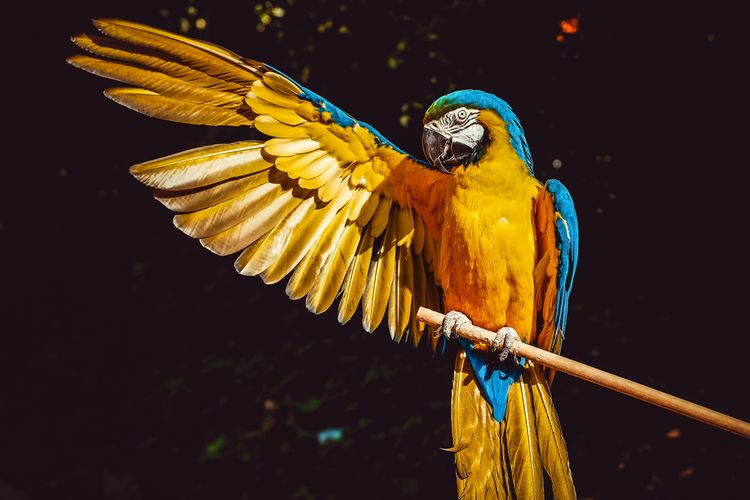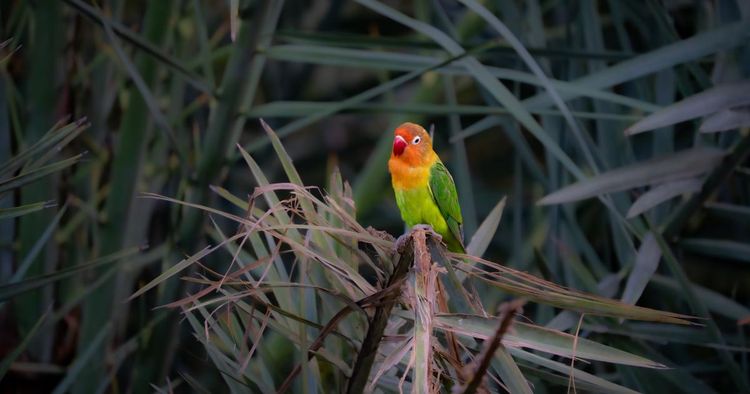Making Art with Generative Adversarial Networks

Generative Adversarial Networks (GAN's) are a relatively new type of technique for generating samples from a learned distribution, in which two networks are simultaneously trained whilst competing against each other. Applications for GAN’s are numerous, including image up-sampling, image generation, and the recently quite popular Deep Fakes. In this project, we aim to train such a Generative Adversarial Network ourselves, with the purpose of image generation, specifically. As the generation of human faces has been widely studied, we have chosen a different topic, namely: the generation of paintings. While large datasets of paintings are available, we have opted to restrict ourselves to one artist, as we believe this will give a better chance at producing realistic paintings. For this, we have chosen the Dutch artist Vincent van Gogh, who is known for his unique style.
How
There are many GAN architectures around. Some popular of which the DCGAN and the StyleGAN. We decided to train both and compare the results.
- DCGAN. A GAN architecture that has been around for a while. Was trained using TensorFlow.
- StyleGAN. A popular GAN architecture for generating faces, provisioned by NVIDIA Research. Also trained using TensorFlow.
Both were trained on the Van Gogh dataset, as available on Kaggle. Because the dataset contained only a limited amount of paintings (painting is, of course, a very time consuming activity), we decided to augment the dataset. Among others, we applied rotation- and shearing operations, and modified the brightness, such that we get more training data.
The StyleGAN showed the most promising results. Starting out with a seed previously used to generate a face, we managed to train a GAN that produced something that remotely resembled art. Given that a computer is doing this, that's pretty neat!

More reading
To read a more detailed report on this project, check out the Github page:





